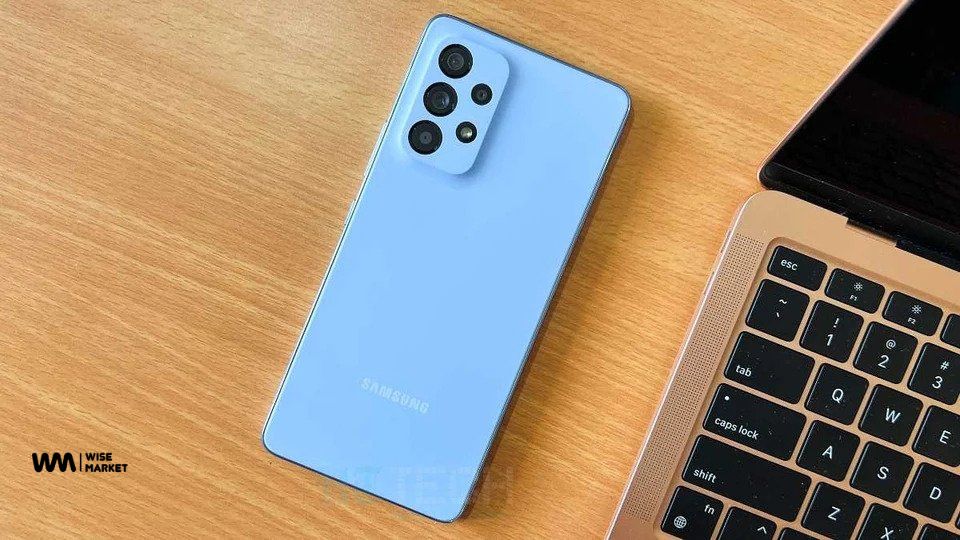In today’s rapidly moving world, maintaining connectivity and power while on the move has become a fundamental aspect of our lives. Be it for work, travel, or leisure, the need for a dependable and portable power source has led to the widespread adoption of power bank chargers. These small yet potent devices have revolutionized how we keep our electronic gadgets charged, ensuring that we remain productive and entertained regardless of our location. This comprehensive guide will delve into the intricacies of power bank chargers, exploring their technology, benefits, usage tips, and key considerations when selecting the ideal power bank for your requirements.
The Evolution of Power Bank Chargers: From Necessity to Innovation
The idea of carrying a portable energy source for electronic devices traces back to the early 2000s. However, it was only with the rapid proliferation of smartphones and other mobile gadgets that power bank chargers gained substantial traction. These early versions were bulky and had limited capacity, far from the sleek and efficient devices we have today. As technology progressed, power bank chargers underwent a transformation, becoming more compact, energy-dense, and feature-rich.
Understanding the Technology Behind Power Bank Chargers
At its core, a power bank charger essentially comprises a rechargeable battery encased in a compact housing. The sophistication lies in the technology used within to ensure effective charging, safety, and compatibility with various devices. The primary battery types used in power banks are lithium-ion (Li-ion) and lithium-polymer (LiPo). Li-ion batteries are known for their energy density and longevity, while LiPo batteries are lighter and can be shaped to fit sleek designs.
Modern power banks incorporate advanced circuitry to regulate voltage and current, ensuring a stable and secure charging experience for your devices. Some power banks also feature smart charging technologies such as Power Delivery (PD) and Quick Charge (QC), which enable faster charging times by optimizing power delivery according to the connected device’s capabilities.
Benefits of Power Bank Chargers: More Than Just Extra Juice
The advantages of using power bank chargers extend beyond simply providing extra battery life to your devices. Here are some key benefits:
- Portability: Power banks are designed to be lightweight and compact, making them easy to carry in your bag, pocket, or even your hand. This portability ensures you have a reliable energy source wherever you go.
- Device Diversity: Power banks are versatile and can charge a wide range of devices, including smartphones, tablets, laptops, cameras, Bluetooth earphones, and more. This versatility eliminates the need to carry multiple chargers for different devices.
- Emergency Preparedness: Power outages and unexpected situations can leave you without access to electrical outlets. A fully charged power bank can be a lifesaver in emergencies, allowing you to stay connected and informed.
- Travel Companion: Whether you’re on a long flight, a road trip, or exploring new destinations, power banks enable you to capture memories, navigate, and communicate without worrying about battery life.
- Extended Outdoor Adventures: For outdoor enthusiasts, power banks provide a means to keep GPS devices, headlamps, and other essential gadgets operational during extended trips.
Optimizing Usage: Tips for Effective Power Bank Charging
To make the most of your power bank charger and ensure its longevity, consider the following tips:
- Choose the Right Capacity: Power banks come in various capacities, indicated in milliampere-hours (mAh). Higher capacity doesn’t necessarily mean better; it should align with your device’s battery size and your usage patterns.
- Check Compatibility: Ensure that your power bank is compatible with the devices you intend to charge. Different devices may require different charging voltages and currents.
- Prioritize Safety: Invest in a reputable power bank from a trusted manufacturer to ensure safety features like overcurrent protection, short circuit protection, and temperature regulation.
- Store Properly: Extreme temperatures can affect the performance and lifespan of your power bank. Store it in a cool and dry place, avoiding direct sunlight and moisture.
- Charge and Discharge Regularly: Regularly using and recharging your power bank helps maintain battery health. If you don’t plan to use it for an extended period, store it with a charge level around 50%.
- Use the Right Cables: Utilize high-quality charging cables to avoid energy loss and ensure efficient charging.
Choosing the Perfect Power Bank: Key Considerations
Selecting the right power bank for your needs requires careful consideration of several factors:
- Capacity: Assess your charging requirements. For casual use, a power bank with around 5,000 to 10,000mAh should suffice, while heavy users may opt for 20,000mAh or higher.
- Number of Outputs: Determine how many devices you need to charge simultaneously. Multiple output ports allow you to charge more than one device at a time.
- Output Power: Look for power banks with varying output power options to support both standard charging and fast charging technologies like Power Delivery and Quick Charge.
- Physical Size and Weight: If portability is a priority, opt for a compact and lightweight power bank that easily fits in your pocket or bag.
- Additional Features: Some power banks come with built-in LED flashlights, solar charging capabilities, wireless charging pads, and even pass-through charging (simultaneous charging of the power bank and connected devices).
- Brand Reputation and Reviews: Research the manufacturer’s reputation and read user reviews to ensure reliability and quality.
Future Trends and Innovations
As technology continues to advance, power bank chargers are likely to evolve as well. Some trends and innovations to watch for include:
- Higher Energy Density Batteries: Continued research in battery technology will lead to power banks with even higher energy densities, allowing for more capacity in smaller form factors.
- Integration of Renewable Energy: Solar panels integrated into power banks will enable recharging through sunlight, enhancing their sustainability and outdoor usability.
- Smart Charging Algorithms: AI-powered algorithms that optimize power delivery based on device requirements and battery health will become more prevalent.
- Wireless Charging Advancements: Wireless power bank chargers are expected to become more efficient and widespread, eliminating the need for cables altogether.
Conclusion
Power bank chargers have emerged as indispensable companions for modern life. Their convenience, portability, and versatility make them an essential tool for staying connected and productive on the go. By understanding the technology behind power banks, their benefits, usage tips, and factors to consider when choosing one, you can make an informed decision that aligns with your lifestyle and charging needs. As technology continues to progress, we can anticipate even more exciting innovations in the world of power bank chargers, further enhancing our ability to unleash on-the-go power.



